Earlier this month, a Renault Zoe E-Tech R135 EV 50kWh GT Line without any modifications to its factory specification set a new record by travelling almost 425 miles on a single charge – 180 miles further than its official WLTP range. That should silence EV range worriers, except that it did so at an average speed of just 19mph around a race circuit and with none of its comfort features switched on. Even when day turned to night, the Zoe’s headlights remained off, the team of six drivers relying on night vision goggles, the car’s daytime running lights and fluorescent track markers to guide them.
So, gentle laps of a closed circuit in a Zoe whose driver is near blind, freezing at night and boiling during the day. What was the point? Well, setting that new record for a start. It trumped the one set in 2018 by French journalist Pierre Desjardins driving a Zoe R110 with a smaller 40kWh battery. He coaxed his car to 351 miles, 165 miles further than its official WLTP range. Remarkably, he did so on Paris’s Périphérique, although he was able to slipstream traffic and the ambient temperature was a battery-friendly 35deg C.
Still, congratulations to Desjardins but also to the six British drivers and their support crew who, despite the privations, guided their Zoe E-Tech R135 EV 50kWh GT Line around Thruxton for over 24 hours and into the record books. In fact, they drove two Zoes, the second an identical model but shod with a new design of low rolling resistance tyre made by Enso. Thanks to its special boots, this Zoe travelled no less than 475.4 miles, returning 10.5 miles per kilowatt hour compared with 9.1 miles from the standard Michelin Primacy-wearing car, and 7.9 miles from Desjardins’ Zoe.
Endurance tests like these hinge on the quality of the people doing them and at Thruxton there was no shortage of fine folk. The record attempt was organised by Mission Motorsport, the armed services motorsport charity. All but one of the six drivers were forces veterans while the sixth, Kevin Booker, is an EV fleet manager with a passion for hypermiling, the term for wringing every last drop of range from a car.
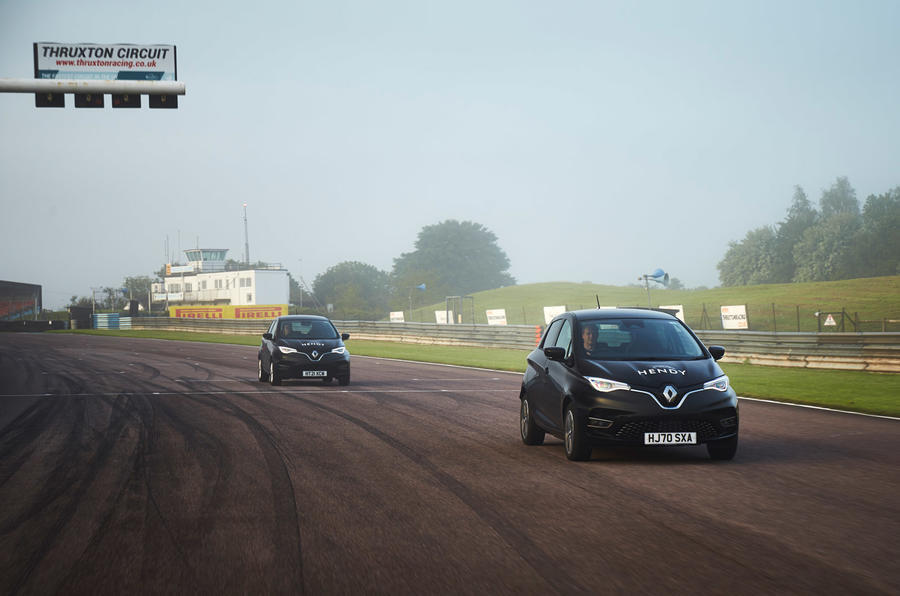
They’d first set off, each driver doing a 20-mile stint, at sunrise 0452. To keep their batteries warm, the cars had overnighted in the Thruxton Centre restaurant but it was foggy and only 7deg C so, with the fast-chilling batteries underperforming, the attempt was called off after 52 miles and the batteries recharged for a 0940 restart.
“No plan survives first contact,” James Cameron, founder and CEO of Mission Motorsport, declared in true military fashion. It’s why the team had been practising for two whole weeks ahead of the record attempt, refining their hypermiling techniques (they drove in bare feet, using their toes to feather the accelerator) under the watchful gaze of Booker. “I know it so well now that I could drive around the 2.4-mile circuit in the dark, in my sleep and blindfolded,” he told me.




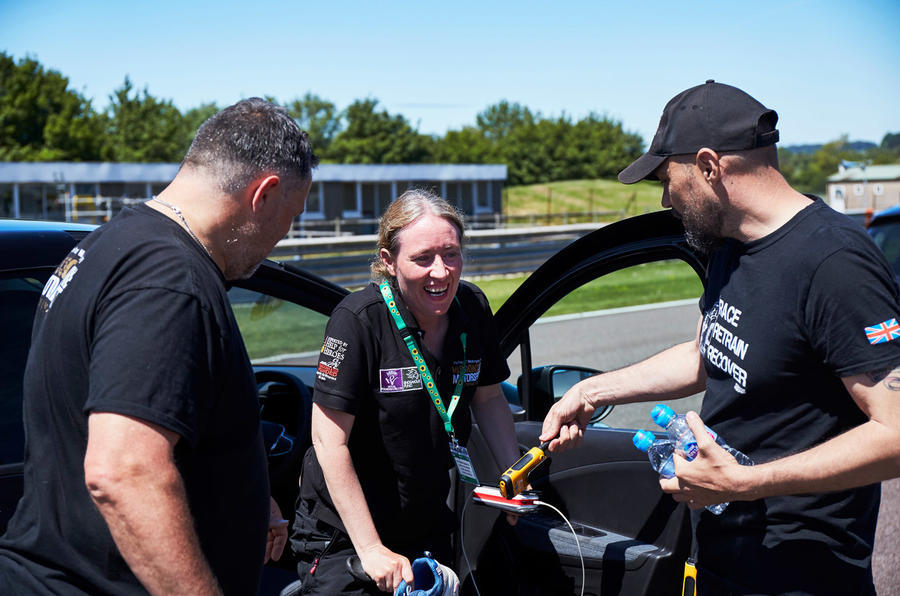
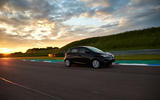
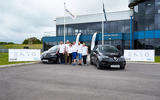
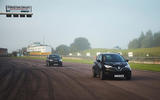
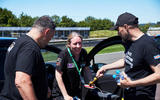

Join the debate
Add your comment
@B1ker those crawling/stop start conditions you describe are absolutely ideal for an EV! Lots of regen opportunities. On the other hand sitting in heavy slow traffic is the perfect way to reduce the range/economy of a petrol or diesel car...
The real achievable mileage, for an average driver with 4-5 year old batteries, including 3-4 hours of crawling & stop/start, with the heater and demister going full blast in traffic would be more relevant. The idea of the car's theoretical range evaporating in front of your eyes under those conditions is where range anxiety really comes from. That and the boss's unexpected request to join a meeting at another location a mere 25 miles away, but you know that the car won't make it there and back until it's had more time to recharge. Current (no pun intended) battery vehicles are unrealistic as a replacement for liquid fuel vehicles.